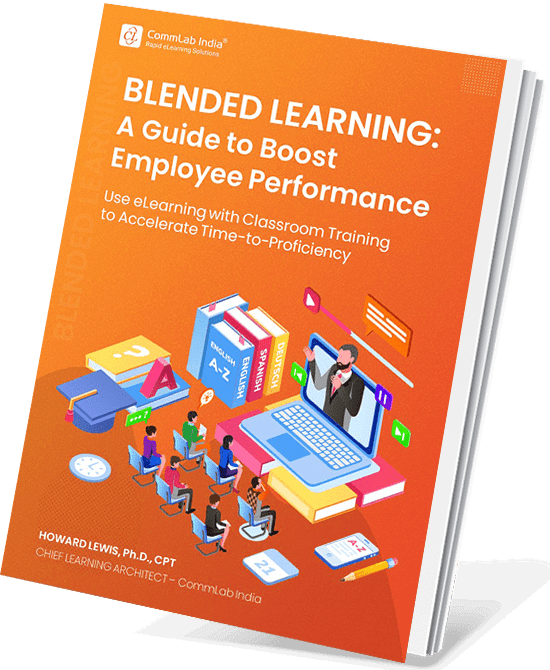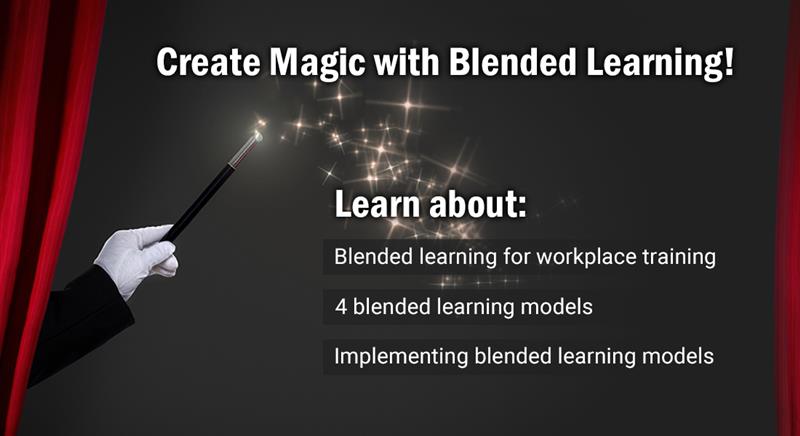3 Quick Tips to Blend ILT with E-learning

Instructor-led Training (ILT) or e-learning programs by themselves may not be sufficient to meet the intricate learning needs of organizations today. As an organization, are you still using the classroom to train your employees? If so, you can blend your classroom training with e-learning to reap more benefits. On the other hand, if you are rolling out e-learning courses alone, it is better to blend them with ILT to enhance their effectiveness.
→ Download Now: Blended Learning — A Guide to Boost Employee Performance [eBook]
In a rapidly changing business environment, ILT and e-learning separately may not achieve the set business goals. To improve business performance by increasing revenues and reducing costs, it would be sensible to integrate ILT trainings with e-learning programs.
Here are three tips to be adopted for effective blended training.
1. Move your course material online
Move as much of your training content as you can online. Use eLearning to provide the fundamental concepts and pre-training preparation. Later, get learners into a classroom for advanced concepts, practice, and hands-on exercises.
Here is an example of how to design a blended solution for product sales training.
Move theoretical content typically covered in classroom lectures to e-learning modules, this can serve as a foundation for the classroom trainings. Now the classroom component can focus on hands-on exercises related to the products and dealing with customers. After the ILT, introduce advanced e-learning courses and conclude with online assessments on the overall learning.
2. Include E-learning Activities in ILT
As a training manager, you can include e-learning activities in ILT as and when necessary to improve the effectiveness of the training program. These e-learning activities can be additional readings, quizzes, matching or drag and drop exercises, game-based assessments, etc.

How L&D And Business Can Align to Conquer The Future Of Work
Bridging the Gap Between Organizational and Individual Goals!
- Learning Strategies Shaping the Future
- Changing Role of Learning Professionals
- Learning to Solve Business Challenges
- And More!
During or after the classroom training, the trainer can provide online resource links to learners for further reading. This will deepen the knowledge or skills of the learners. This way you can blend e-learning with classroom training. Showing videos related to the topic in the classroom is also a blended learning approach.
3. Provide Online Assessments
Move assessments online. This is a growing trend, especially in the case of standard trainings such as compliance.
In many standardized trainings, e-learning provides learners’ self-assessment options through a Learning Management System (LMS). In a blended design, after the ILT, learners can be assigned advanced e-learning courses, followed by online assessments that test them on all they learned during the eLearning and classroom trainings. To evaluate learning outcomes, trainers can incorporate a game-based assessment module at the end of ILT. These are some ways you can effectively blend e-learning in ILT.
By integrating ILT with eLearning, trainers can develop a comprehensive approach to learning rather than dispensing discrete bits and pieces of instruction. After checking the guidelines to follow, instructors can design perfect blended training solutions.
Hope you liked the post. Have something to say? Do share your views.





